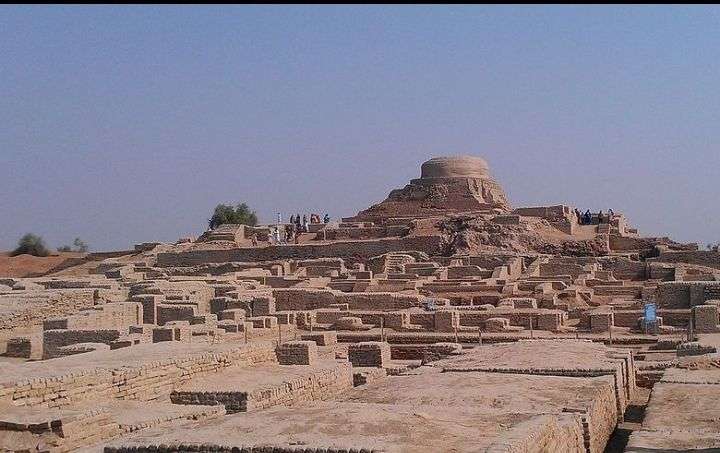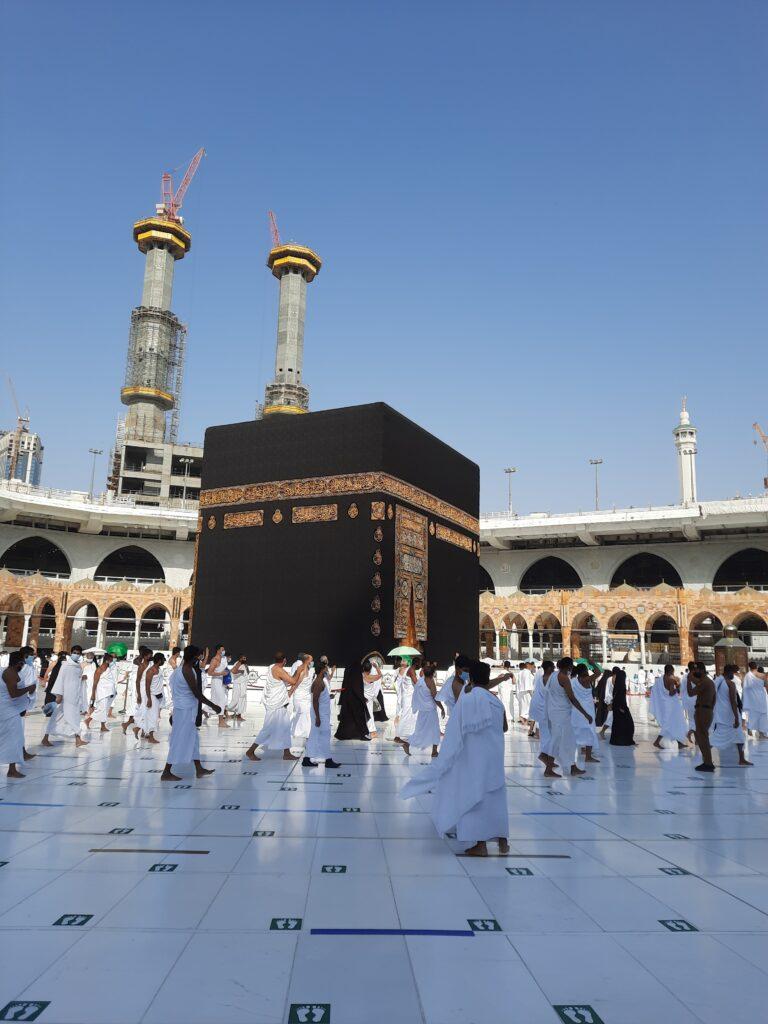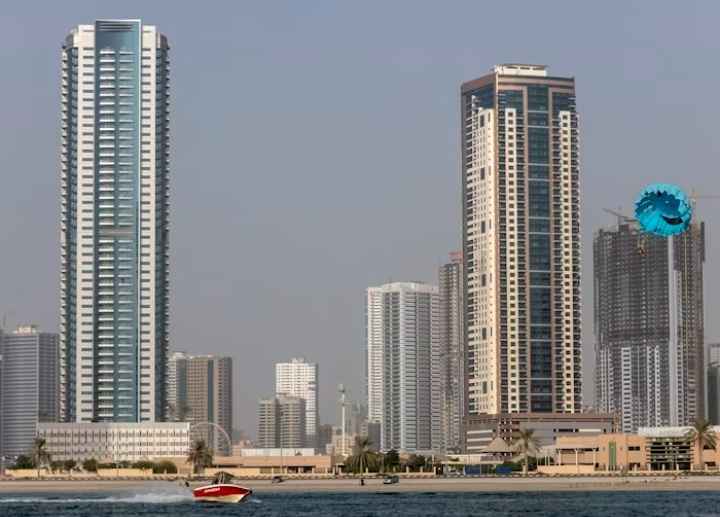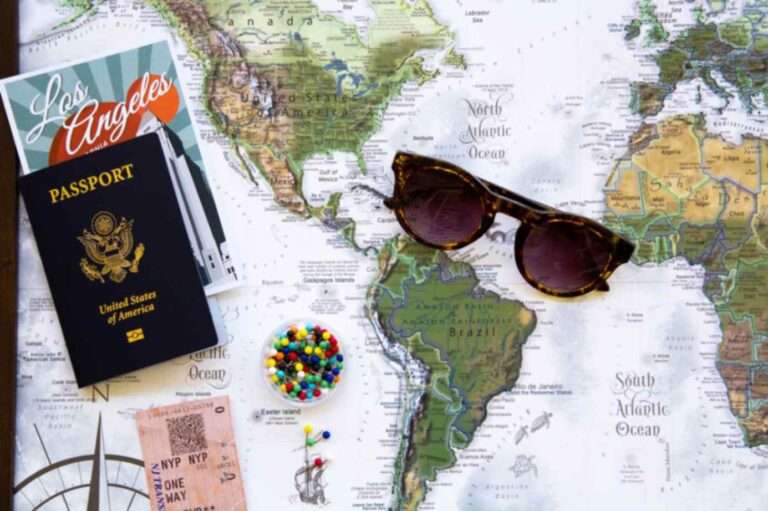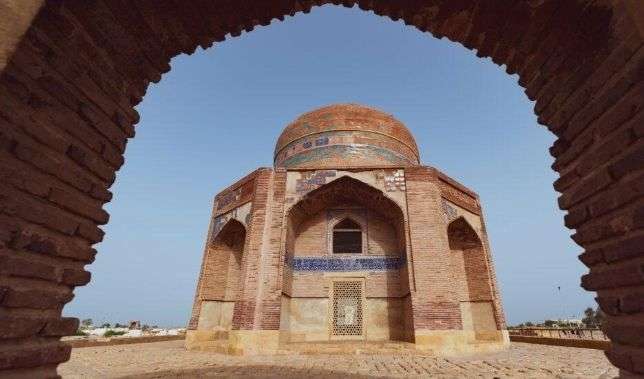located in the heart of South America, Bolivia is a land of captivating contrasts and rich cultural heritage. From the rugged peaks of the Andes Mountains to the lush Amazon rainforest, this diverse nation boasts a landscape as varied as its people. With a history dating back thousands of years, Bolivia’s indigenous communities continue to play a vital role in shaping its identity and traditions.
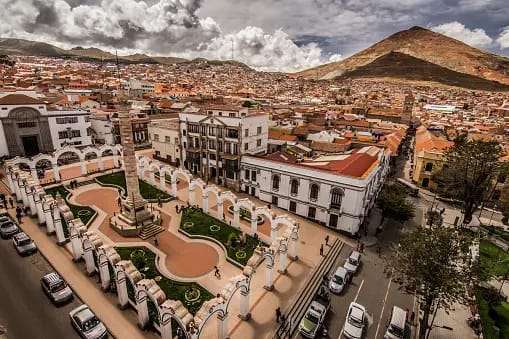
Contents
Hisrory
Steeped in colonial history, Bolivia’s cities are a blend of old-world charm and modern vitality. La Paz, the world’s highest capital, is a bustling metropolis nestled in a high-altitude valley, where traditional markets stand alongside contemporary skyscrapers. Meanwhile, Sucre, Bolivia’s constitutional capital, exudes colonial splendor with its whitewashed buildings and ornate churches.
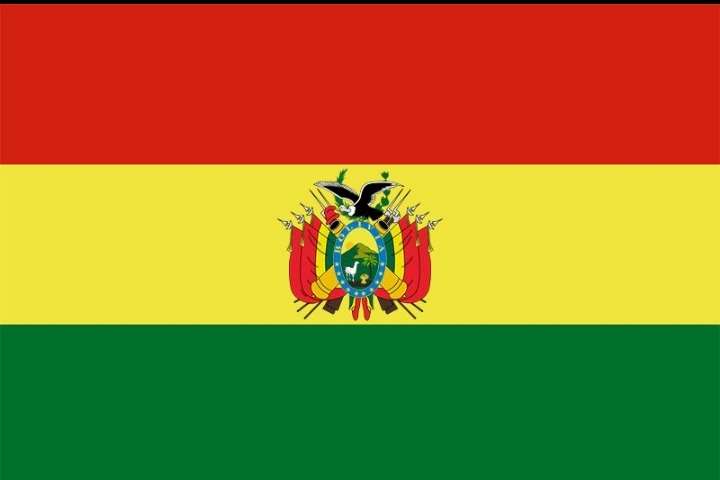
Flag
The flag of Bolivia features three equal horizontal bands of red, yellow, and green, with the Bolivian Coat of Arms in the central yellow band. The red color represents bloodshed and bravery, the yellow symbolizes the country’s wealth and mineral deposits, and the green represents the richness of Bolivia’s agriculture and natural areas, as well as symbolizing hope. The current flag was officially adopted on October 31, 1851, and has a width-height proportion ratio of 2:3. The flag is also associated with the four regions of the Incan Empire and the native people of the Andes. The Bolivian flag is a powerful symbol of the country’s history and identity.
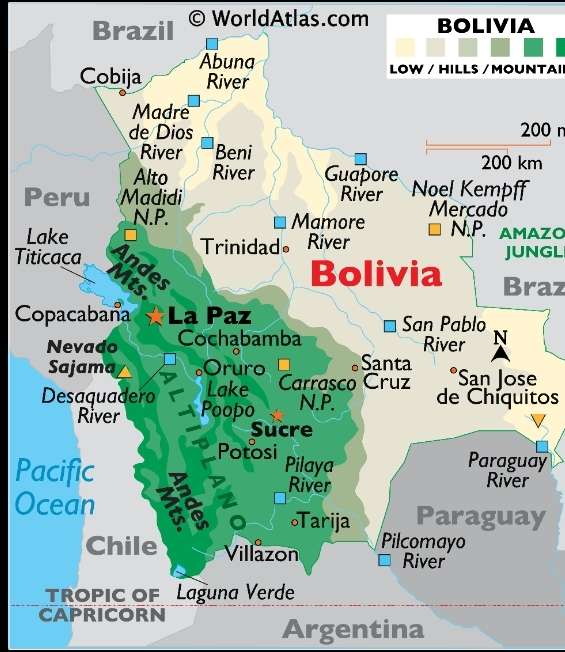
Location
Bolivia is situated in the heart of South America, bordered by Brazil to the north and east, Paraguay and Argentina to the south, Chile to the southwest, and Peru to the northwest. Its central location gives Bolivia diverse geographical features, including the rugged Andes Mountains to the west, the vast Amazon rainforest to the northeast, and the expansive plains of the Gran Chaco region to the southeast. Bolivia’s capital city, La Paz, is one of the highest-altitude administrative capitals in the world, nestled in a valley within the Andes Mountains. With its diverse landscapes and rich cultural heritage, Bolivia offers travelers a captivating destination to explore.
Best places in Bolivia
Choosing the “best” place for tourism in Bolivia is subjective as it depends on individual interests and preferences. However, there are several destinations in Bolivia that are widely renowned for their natural beauty, cultural significance, and unique attractions. Here are a few top contenders:
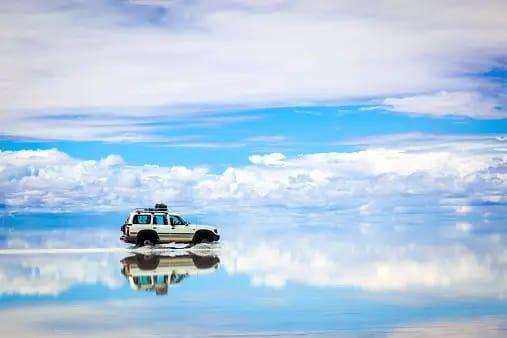
1.Salar de Uyuni
No visit to Bolivia is complete without experiencing the otherworldly beauty of Salar de Uyuni, the world’s largest salt flat. Stretching across over 10,000 square kilometers, this vast expanse of glistening white salt offers surreal landscapes and breathtaking sunsets.
Breathtaking Attractions
The Mirror Effect
One of the most mesmerizing sights at Salar de Uyuni is the mirror effect, which occurs when a thin layer of water covers the salt flats, perfectly reflecting the sky above.
Isla Incahuasi
Located in the heart of Salar de Uyuni, Isla Incahuasi is an island dotted with giant cacti and surrounded by a sea of salt. Visitors can hike to the island’s summit for panoramic views of the salt flats or explore its otherworldly terrain .
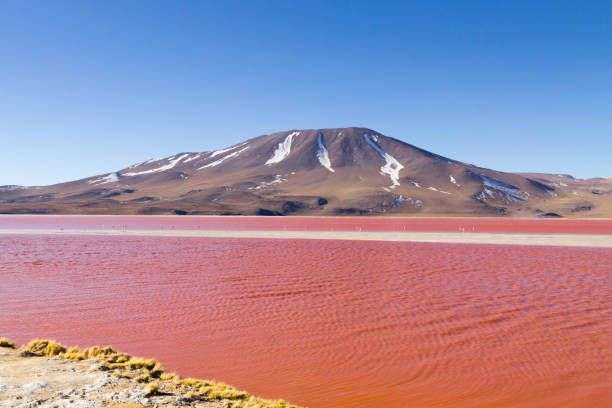
The Train Cemetery
Nearby, the Train Cemetery is a haunting yet fascinating attraction where old locomotives from the early 20th century lay abandoned in the desert.
Wildlife and Flora
Despite its harsh conditions, Salar de Uyuni is home to a surprising array of wildlife and flora. Flamingos can be spotted wading through the shallow waters during the wet season, while other bird species such as Andean geese and James’s flamingos make their home in the surrounding area.
Cultural Significance
Salar de Uyuni holds great cultural significance for the indigenous communities of Bolivia, who consider it a sacred place. It has been used for centuries for traditional ceremonies and rituals, deeply rooted in the region’s history and folklore.
Tourism and Sustainability
With its growing popularity as a tourist destination, efforts have been made to promote sustainable tourism in Salar de Uyuni. Eco-friendly accommodations and guided tours aim to minimize the impact on the fragile ecosystem, preserving its natural beauty for future generations to enjoy.
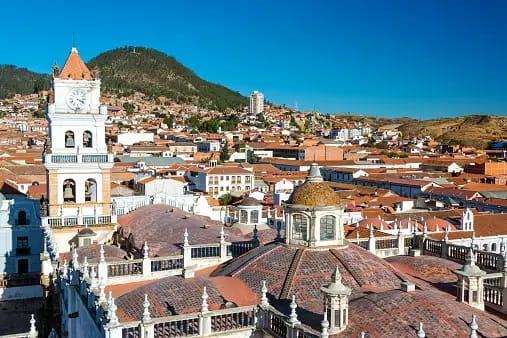
2. La Paz
As one of the highest cities in the world, La Paz is a bustling metropolis nestled in a high-altitude valley surrounded by snow-capped peaks. From exploring the vibrant markets of the Witches’ Market to riding the thrilling cable cars across the city skyline, La Paz offers a unique blend of culture, history, and adventure.
Historical and Cultural Highlights
Witches’ Market (Mercado de las Brujas)
One of La Paz’s most iconic attractions, the Witches’ Market is a labyrinth of narrow streets lined with stalls selling a variety of traditional herbs, potions, and talismans.
Plaza Murillo
Located in the heart of the city, Plaza Murillo is a bustling square surrounded by historic buildings, including the Presidential Palace and the Cathedral of La Paz.
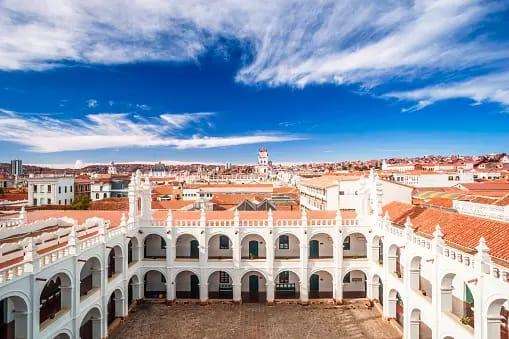
Calle Jaén
This charming cobblestone street is home to some of La Paz’s best-preserved colonial buildings, housing museums, art galleries, and artisan shops.
Culinary Delights
Street Food
La Paz is a paradise for food lovers, with street vendors lining the sidewalks selling a variety of delicious snacks and treats.
Traditional Bolivian Cuisine
For a taste of authentic Bolivian cuisine, visitors can dine at one of La Paz’s many traditional restaurants.
Cable Car Ride
One of the best ways to experience La Paz’s stunning scenery is by taking a ride on the city’s cable car system, known as Mi Teleférico.
Valle de la Luna (Valley of the Moon)
Just a short drive from the city center lies Valle de la Luna, a surreal landscape of eroded rock formations that resemble the surface of the moon.
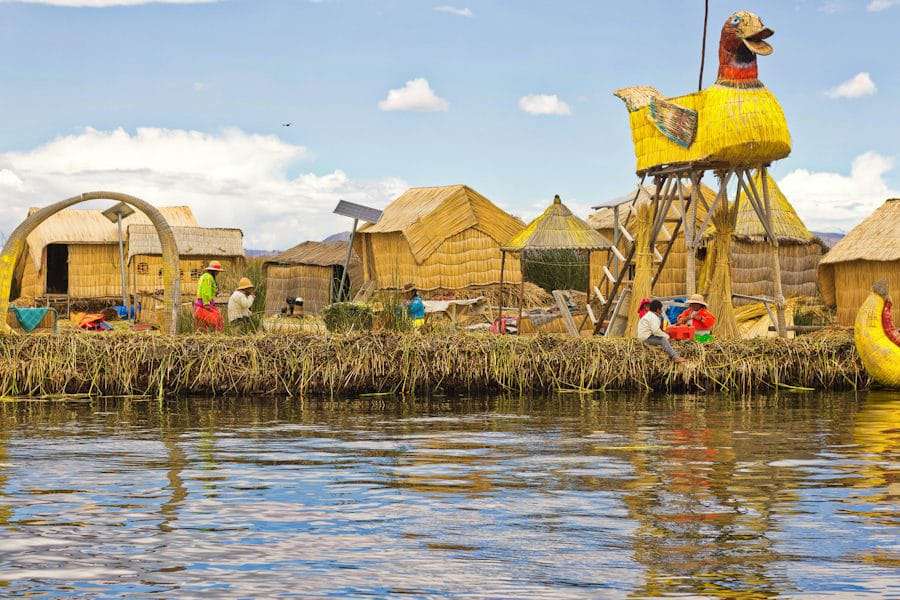
3. Lake Titicaca
Straddling the border between Bolivia and Peru, Lake Titicaca is the largest lake in South America and one of the highest navigable lakes in the world. Lake Titicaca offers a glimpse into traditional Andean life.
Majestic Scenery and Tranquil Waters
Panoramic Views
Surrounded by snow-capped peaks and rolling hills, Lake Titicaca boasts some of the most stunning scenery in the Andes.
Floating Islands
One of the most unique features of Lake Titicaca is its floating islands, home to indigenous communities such as the Uros people.
Rich Cultural Heritage
Indigenous Traditions
For centuries, Lake Titicaca has been a center of Andean culture and spirituality. Indigenous communities such as the Aymara and Quechua have inhabited its shores for generations, preserving age-old traditions and customs.
Inca Legends
According to Inca mythology, Lake Titicaca is the birthplace of the sun god Inti and the moon goddess Mama Killa. The legendary Isla del Sol (Island of the Sun) and Isla de la Luna (Island of the Moon) are said to be the sacred sites where these deities first appeared.
Outdoor Adventures
Kayaking and Sailing
Lake Titicaca offers ample opportunities for outdoor enthusiasts to explore its tranquil waters. Visitors can rent kayaks or sailboats and paddle along the lake’s shores.
Trekking and Hiking
The surrounding region of Lake Titicaca is dotted with scenic hiking trails and trekking routes, offering adventurers the chance to explore remote villages, high-altitude ecosystems, and ancient ruins.
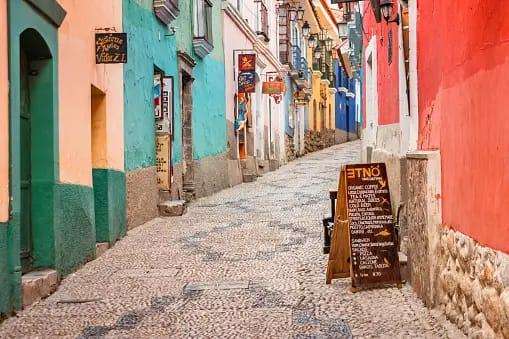
4.Potosí
Once one of the wealthiest cities in the world, Potosí was founded in 1545 following the discovery of silver in the nearby Cerro Rico mountain. During the Spanish colonial period, Potosí’s mines produced vast quantities of silver, fueling the Spanish empire’s economy.
Colonial Splendor and Architectural Heritage
Cerro Rico
At the heart of Potosí lies Cerro Rico, the “Rich Hill,” which once yielded vast quantities of silver that fueled the Spanish empire’s economy. Today, visitors can take tours of the mountain’s mines, learning about the city’s tumultuous mining history and witnessing firsthand the harsh conditions faced by miners.
Casa Nacional de la Moneda
This historic mint, dating back to the 16th century, offers visitors a glimpse into Potosí’s colonial past and the process of minting silver coins during the Spanish colonial era.
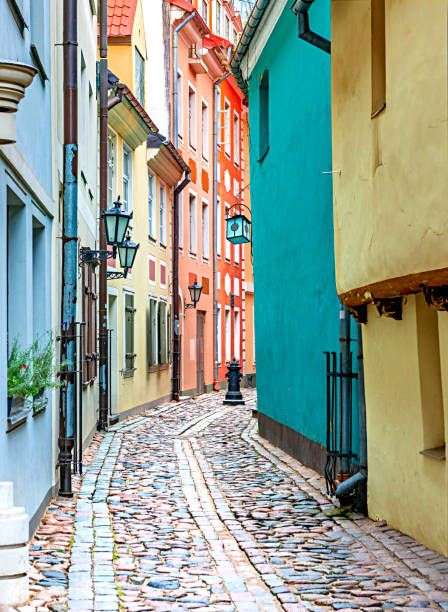
Cultural Highlights and Local Traditions
Iglesia de San Francisco
One of Potosí’s most iconic landmarks, the Iglesia de San Francisco is a stunning example of colonial architecture, with its ornate facade and intricate interior decorations.
Carnaval de Potosí
Every year, Potosí comes alive with the vibrant colors and infectious rhythms of Carnaval, Bolivia’s most famous festival. Held in February or March, Carnaval de Potosí features colorful parades, traditional dances, and lively street parties, celebrating the city’s rich cultural heritage and Andean traditions.
Natural Beauty and Outdoor Adventures
Laguna Colorada
Located within the Eduardo Avaroa Andean Fauna National Reserve, Laguna Colorada is a stunning salt lake renowned for its vibrant red color, caused by sediment and algae.
Trekking and Hiking
Surrounded by rugged mountain terrain and scenic valleys, Potosí offers ample opportunities for outdoor enthusiasts to explore its natural beauty. Visitors can embark on hiking and trekking excursions to nearby peaks, high-altitude lakes, and remote villages, experiencing the Andean landscape up close.
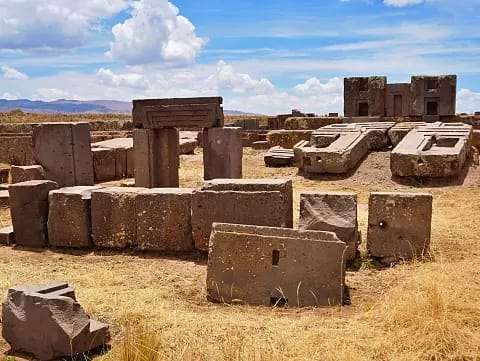
5.Sucre
As Bolivia’s constitutional capital, Sucre is a city steeped in colonial charm and architectural splendor. Founded in 1538, Sucre boasts well-preserved colonial buildings, including the beautiful Recoleta monastery and the historic Casa de la Libertad, where Bolivia’s declaration of independence was signed in 1825. Visitors can stroll through the city’s picturesque streets, admire its whitewashed facades, and immerse themselves in its rich cultural heritage.
Cultural Attractions and Museums
Museo de la Recoleta
Housed in a former convent, the Museo de la Recoleta is dedicated to preserving Sucre’s cultural heritage and showcasing its rich history. Visitors can explore exhibits on indigenous cultures, colonial art, and archaeological finds, gaining insight into the city’s diverse past.
Textile Museum ASUR
Located in the historic center of Sucre, the Textile Museum ASUR celebrates Bolivia’s rich textile traditions and the craftsmanship of indigenous weavers. The museum features colorful displays of traditional textiles, weaving techniques, and historical artifacts, offering visitors a fascinating glimpse into Bolivia’s cultural heritage.
Plaza 25 de Mayo and Historic District
Plaza 25 de Mayo
As the main square of Sucre, Plaza 25 de Mayo is a bustling hub of activity and a focal point for social gatherings and cultural events. Surrounding the square are important landmarks such as the Metropolitan Cathedral, the Government Palace, and the Supreme Court building.
Historic District
The historic district of Sucre is a labyrinth of narrow streets lined with colonial buildings, churches, and museums. Visitors can wander through the charming cobblestone streets, admiring the architecture, and soaking in the city’s colonial ambiance.
Outdoor Recreation and Natural Beauty
Parque Cretácico
Located just outside of Sucre, Parque Cretácico is home to one of the world’s largest collections of dinosaur footprints. Visitors can take guided tours of the park, marveling at the thousands of dinosaur tracks preserved in the rock formations and learning about the prehistoric creatures that once roamed the area.
Tarabuco Market
Every Sunday, the town of Tarabuco comes alive with the vibrant colors and bustling activity of its weekly market. Visitors can browse through stalls selling traditional textiles, handicrafts, and agricultural products, while immersing themselves in the lively atmosphere of this indigenous market.
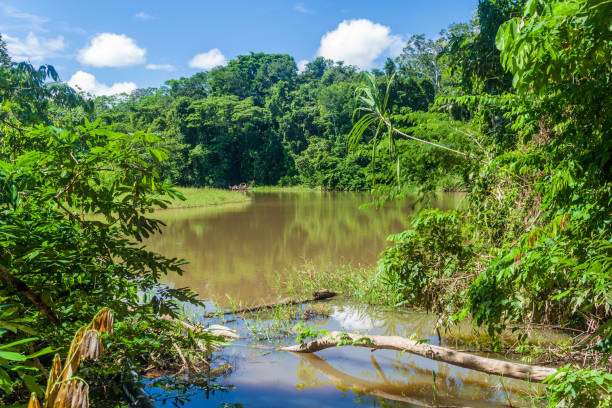
6.Madidi National Park
For nature lovers and adventure seekers, Madidi National Park is a paradise waiting to be explored. Located in the Amazon basin, this biodiverse park is home to a staggering array of flora and fauna, including jaguars, monkeys, and exotic birds.
Breathtaking Landscapes and Ecosystems
Tropical Rainforest
Madidi National Park is predominantly covered by dense tropical rainforest, characterized by towering trees, lush vegetation, and winding rivers. Visitors can explore the park’s pristine wilderness on guided hikes and discovering hidden..
Andean Cloud Forest
In the higher elevations of the park, the landscape transitions into Andean cloud forest, where mist-shrouded mountainsides are adorned with mosses, ferns, and epiphytic orchids.
Rich Biodiversity and Wildlife
Jaguars and Pumas
Madidi National Park is home to a healthy population of jaguars, as well as other big cat species such as pumas and ocelots. Visitors may be lucky enough to spot these elusive predators prowling through the forest or resting in the shade of the trees.
Macaws and Parrots
The park is a haven for birdwatchers, with over 1,000 bird species recorded within its boundaries. Colorful macaws, parrots, and toucans fill the canopy with their vibrant calls and dazzling plumage, while rare species such as the blue-throated macaw and the harpy eagle can be found in the deeper reaches of the forest.
Sustainable Tourism and Conservation
Eco-Lodges and Guided Tours
Several eco-friendly lodges and tour operators offer guided excursions into Madidi National Park, providing visitors with opportunities to explore the park while minimizing their impact on the environment.
Research and Conservation Efforts
Madidi National Park is actively involved in scientific research and conservation initiatives aimed at protecting its fragile ecosystems and biodiversity. Researchers study the park’s flora and fauna, monitor wildlife populations, and work with local communities.
Exploring Affordable Accommodations in Bolivia
Traveling on a budget doesn’t mean sacrificing comfort or missing out on Bolivia’s famous hospitality. Here are some affordable yet well-known hotels in Bolivia along with their approximate costs, facilities, and locations:
1. Hotel Rosario La Paz
Location: La Paz
Cost: Starting at around $40 per night
Facilities: Comfortable rooms, Wi-Fi, restaurant, bar, 24-hour front desk, tour desk
Description: Located in the heart of La Paz, Hotel Rosario offers comfortable accommodations with a touch of Andean charm. It’s an ideal base for exploring the city’s attractions and experiencing its vibrant culture.
2. Hostal de Su Merced, Sucre
Location: Sucre
Cost: Starting at approximately $30 per night
Facilities: Colonial-style rooms, courtyard garden, breakfast included, Wi-Fi
Description: Situated in the historic center of Sucre, Hostal de Su Merced is housed in a beautifully restored colonial mansion. Guests can enjoy the tranquil ambiance while being close to the city’s main landmarks and attractions.
3. Hotel Los Tajibos, Santa Cruz
Location: Santa Cruz
Cost: Starting at around $50 per night
Facilities: Outdoor pool, fitness center, restaurant, bar, Wi-Fi, 24-hour front desk
Description: Hotel Los Tajibos is a well-known establishment in Santa Cruz, offering modern amenities and comfortable rooms at reasonable prices. It’s conveniently located near the city’s business and entertainment districts.
4. Hostal Sol Andino, Potosí
Location: Potosí
Cost: Starting at approximately $25 per night
Facilities: Cozy rooms, communal kitchen, Wi-Fi, tour desk
Description: Nestled in the historic center of Potosí, Hostal Sol Andino offers affordable accommodations with easy access to the city’s main attractions, including the Cerro Rico mines and Casa Nacional de la Moneda museum.
5. Hotel Utama, Copacabana
Location: Copacabana
Cost: Starting at around $35 per night
Facilities: Lakefront location, restaurant, terrace, Wi-Fi, tour desk
Description: Situated on the shores of Lake Titicaca in Copacabana, Hotel Utama offers stunning views and comfortable accommodations. Guests can relax on the terrace overlooking the lake or explore the town’s charming streets and markets.
6. Hotel Oro Verde, Cochabamba
Location: Cochabamba
Cost: Starting at approximately $40 per night
Facilities: Modern rooms, restaurant, bar, fitness center, Wi-Fi
Description: Located in the vibrant city of Cochabamba, Hotel Oro Verde offers modern amenities and convenient access to the city’s attractions. It’s an ideal choice for travelers seeking comfort and affordability in Bolivia’s “City of Eternal Spring.”,
Exploring Bolivia’s Street Food and Shopping Scenes
Bolivia offers a vibrant street food culture and a variety of shopping options, from bustling markets to modern shopping malls. Here are some of the best street food dishes and shopping destinations in Bolivia:
Best Street Food in Bolivia:
Salteñas: These savory pastries filled with meat, potatoes, and vegetables are a popular snack enjoyed throughout Bolivia.
Anticuchos: Grilled skewers of marinated meat, typically beef heart or chicken, served with potatoes and a spicy peanut sauce.
Choripan: Grilled chorizo sausage served in a crusty bread roll and topped with chimichurri sauce, onions, and peppers.
Api con pastel: A traditional Bolivian drink made from purple corn and spices, served hot with fried dough called pastel.
Empanadas: Fried or baked turnovers filled with a variety of savory fillings such as beef, cheese, or chicken.
Best Shopping Destinations in Bolivia:
Witches’ Market (Mercado de las Brujas), La Paz: This bustling market is famous for its colorful displays of traditional herbs, potions, and talismans, as well as handmade crafts and souvenirs.
San Francisco Church Market, La Paz: Located near the historic San Francisco Church, this market offers a wide range of handicrafts, textiles, and artisanal products from across Bolivia.
16 de Julio Market (Mercado 16 de Julio), El Alto: One of the largest markets in South America, 16 de Julio Market is a maze of stalls selling everything from fresh produce and clothing to electronics and household goods.
Centro Comercial Las Brisas, Santa Cruz: One of Santa Cruz’s largest shopping malls, Las Brisas offers a wide range of stores, restaurants, and entertainment options, making it a popular destination for shopping and leisure.
Whether you’re indulging in delicious street food or browsing through bustling markets and shopping malls, Bolivia offers a rich and diverse culinary and shopping experience that’s sure to delight visitors from around the world.
Conclusion:
Bolivia is a country of rich cultural heritage, stunning natural beauty, and vibrant traditions that captivate visitors from around the world. From the otherworldly landscapes of Salar de Uyuni to the lush rainforests of Madidi National Park, Bolivia offers a diverse array of experiences for travelers seeking adventure, culture, and relaxation.
Whether you’re exploring the colonial streets of Sucre, trekking through the Andean mountains, or immersing yourself in the vibrant markets of La Paz, Bolivia promises an unforgettable journey filled with warmth, hospitality, and discovery. So pack your bags, embrace the spirit of adventure, and get ready to explore the wonders of Bolivia!
**FAQs About Bolivia:**
1. **Is Bolivia safe for tourists?**
– Generally, Bolivia is a safe destination for tourists, but it’s essential to exercise caution and be aware of your surroundings, especially in crowded areas and tourist hotspots. It’s advisable to take common-sense precautions such as avoiding isolated areas at night and keeping valuables secure.
2. **What is the best time to visit Bolivia?**
– The best time to visit Bolivia depends on the region and the activities you plan to do. The dry season from May to October is generally considered the best time for trekking and outdoor activities, while the rainy season from November to April is ideal for visiting the Amazon rainforest and exploring the country’s lush landscapes.
3. **What currency is used in Bolivia?**
– The official currency of Bolivia is the Bolivian Boliviano (BOB). It’s recommended to exchange currency at official exchange offices or banks to get the best rates. US dollars are also widely accepted in tourist areas, but it’s advisable to carry small denominations for convenience.
4. **What are some traditional dishes to try in Bolivia?**
– Some traditional Bolivian dishes to try include salteñas (savory pastries), anticuchos (grilled skewers), pique macho (a hearty beef dish), and api con pastel (a sweet corn drink served with fried dough). Don’t forget to sample local specialties such as quinoa soup, llama meat, and fresh fruit juices.
5. **Do I need a visa to visit Bolivia?**
– It depends on your nationality. Many countries, including the US, EU, and Canada, do not require a visa for short visits to Bolivia (usually up to 90 days). However, it’s essential to check visa requirements for your specific nationality before traveling to Bolivia.

Safnaa has been working in the travel industry for over a decade, and her expertise and knowledge are reflected in the high-quality content and resources available on travelstutor.com. She is dedicated to providing travelers with accurate and up-to-date information on destinations, accommodations, transportation, and activities, ensuring that they have the best possible travel experience.

